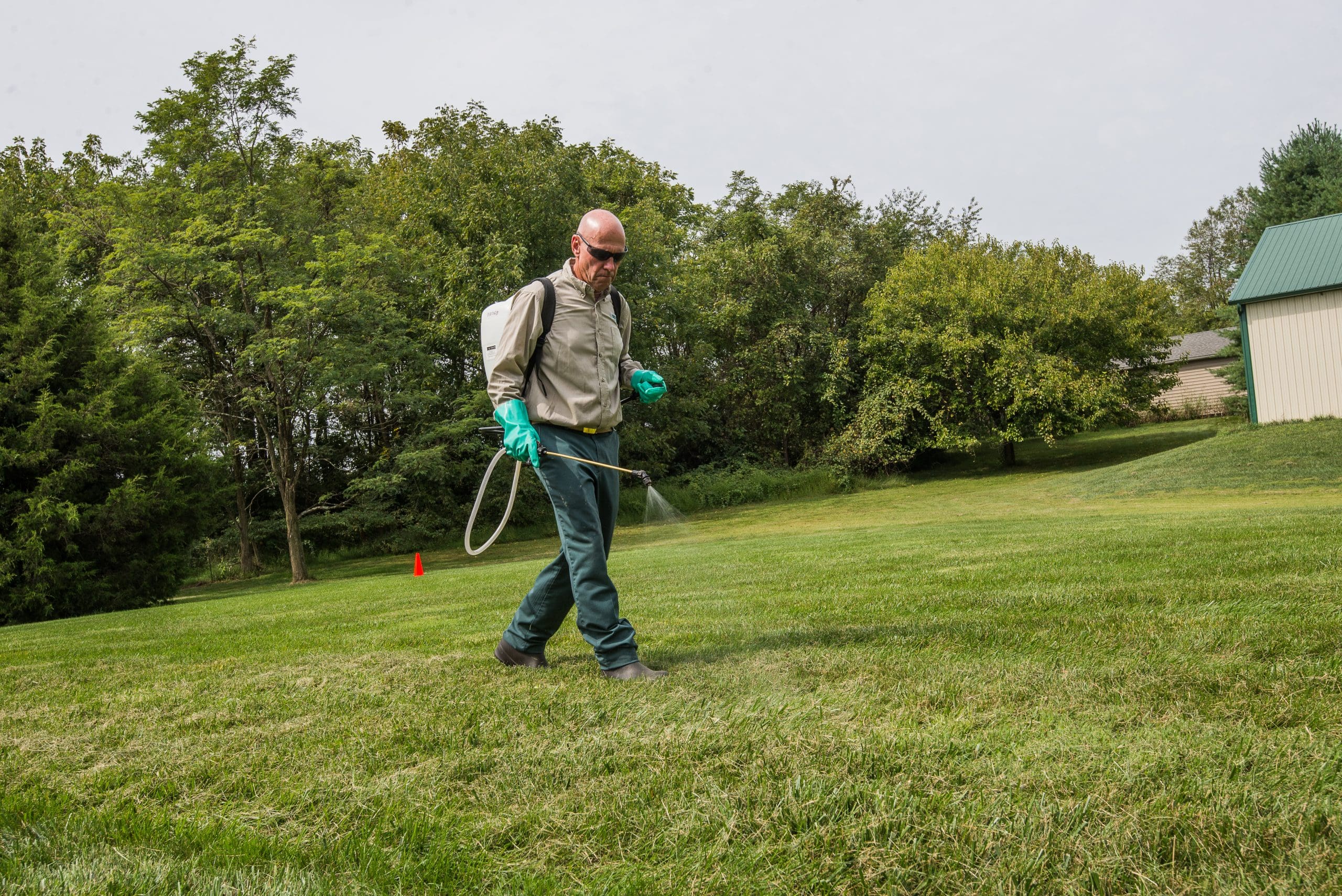
Whether your lawn care season starts in spring in the Northeast or goes all year round, make sure you calibrate your lawn equipment to apply products properly and improve efficiency. Everything that applies a product, granular or liquid, should be carefully calibrated before your season starts.
While it may seem like a chore you only have to do once in the spring, or worse, you assume the calibration is still fine from last year, taking the time to calibrate more frequently has plenty of benefits.
Applying the proper amount of product at the correct rate allows you to control pests better, prevent off-site damage, reduce customer callbacks, promote healthy turf and cut back on material waste.
“Suffice it to say that sprayers and spreaders do not stay put as far as output is concerned,” says Bob Mann, senior director of technical and regulatory affairs for NALP. “Putting too much or too little product on a lawn is just plain old bad practice. You’ll either be ineffective and drive customer dissatisfaction if you apply too little, or risk causing damage and wasting money (and driving customer dissatisfaction too!) if you apply too much.”
As your machines get older, they behave differently, impacting your calibration. Also, no two lawn specialists walk at exactly the same rate, which must be accounted for in your mathematics. Products are also different, even from batch to batch.
“Granular products may have different prill sizes, liquid products may have different formulations or viscosity,” Mann says. “Unless you calibrate, you will not know if you’re applying the right amount!”
Mann adds that with the cost of materials at all-time highs, it’s foolish not to constantly calibrate. This is the technique of knowing how large each lawn you’re about to treat in terms of square footage. If you’re applying a granular product, only dispense the amount of product that should be applied into the spreader.
“For instance, if the lawn is 5,000 square feet and your application rate is 4 pounds per thousand square feet, dispense 20 pounds of material into the hopper,” Mann says. “This does two things. First, it keeps you cognizant of how much product you are using during the day so that you can make adjustments on the fly and second, it reduces the amount of work your body has to perform versus just constantly pouring 50-pound bags into the hopper.”
Mann suggests doing something similar for liquid products by observing how much is in the tank before starting and how much is used after completion and then comparing that to the expected quantity that should have been used. This is because you cannot manage what you do not measure.
“Product costs will crush those who do not manage them both at the macro level through the buying process and at the micro level by ensuring that each lawn is getting the right amount of product, not too much nor too little,” Mann says.
For a detailed breakdown of how to calibrate ride-on sprayers, fertilizer spreaders, and hose reel sprayers, check out these resources from Purdue University’s extension.

